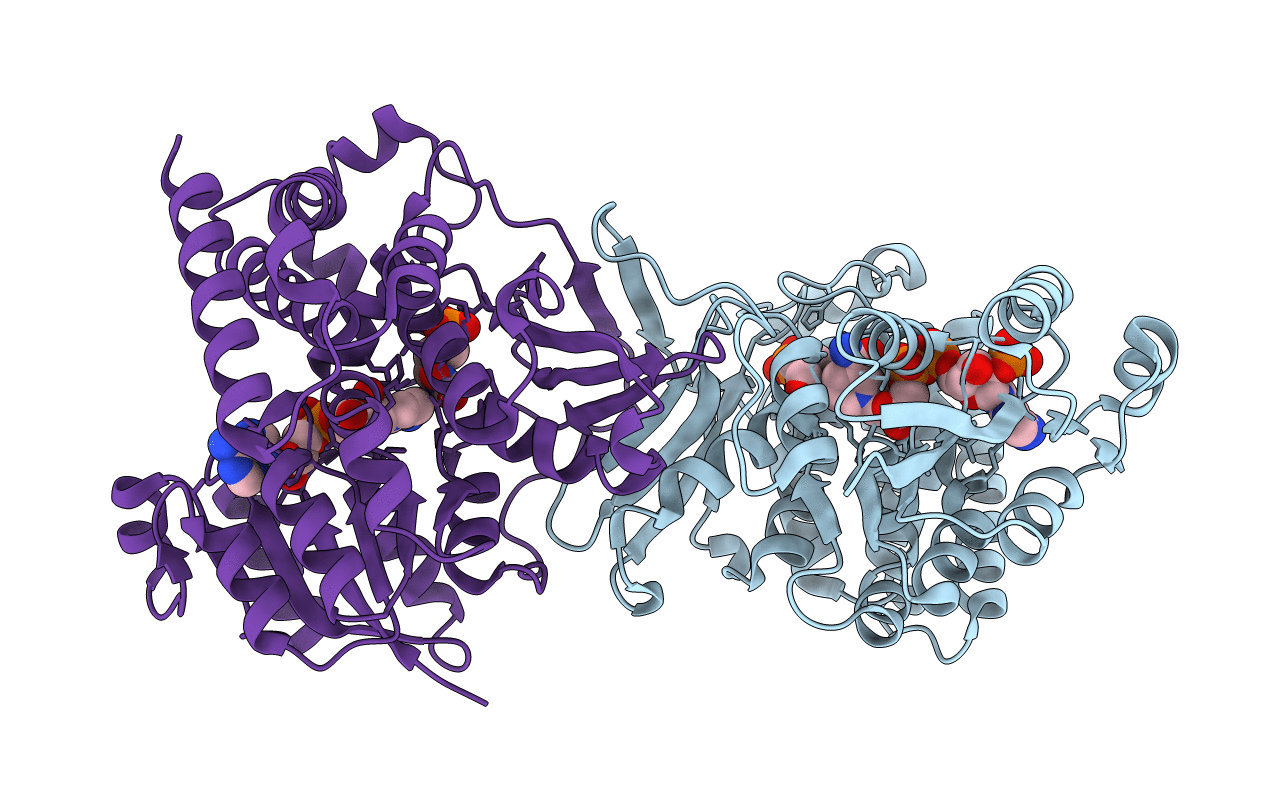
Deposition Date
2014-01-31
Release Date
2014-06-18
Last Version Date
2023-09-20
Entry Detail
PDB ID:
4OOF
Keywords:
Title:
M. tuberculosis 1-deoxy-d-xylulose-5-phosphate reductoisomerase W203F mutant bound to fosmidomycin and NADPH
Biological Source:
Source Organism:
Mycobacterium tuberculosis (Taxon ID: 83332)
Host Organism:
Method Details:
Experimental Method:
Resolution:
2.30 Å
R-Value Free:
0.21
R-Value Work:
0.15
R-Value Observed:
0.16
Space Group:
P 43 21 2


